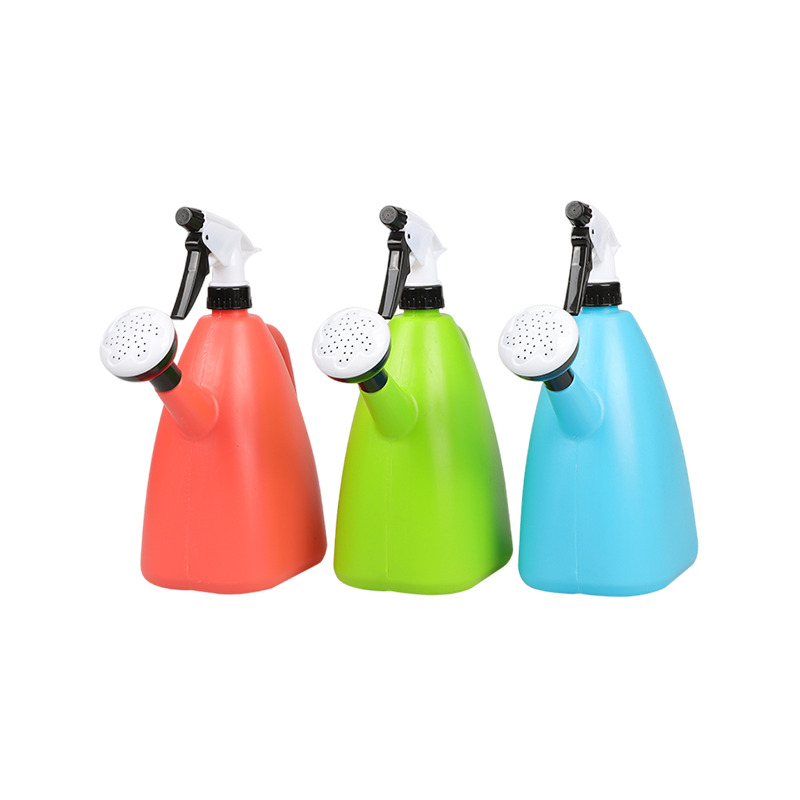The role of Garden Pots Planters and Nursery Planter Pots in contemporary gardening has developed far beyond their original purpose as simple containers. Whether placed on balconies, arranged in retail garden centers, or used in commercial landscaping projects, the choice of planter can influence plant health, ease of maintenance, and visual presentation. Selecting or designing the right pot requires attention to both practical and aesthetic details that support diverse planting goals.

Balancing Functionality and Design Requirements
Many growers and retailers discover that standard containers may not meet all requirements for specific plant types or display settings. For example, herbs and flowering plants often thrive in shallow planters with wide openings to encourage air circulation, while young trees and shrubs need deeper containers that allow root systems to expand.
Customization offers practical solutions to these challenges. By adjusting the shape, depth, and drainage design, Garden Pots Planters can be tailored to reduce root stress and maintain appropriate moisture levels. Some planters include built-in water reservoirs or ventilation slots, which help regulate watering frequency and improve overall growing conditions.
Color and texture choices also play a role in creating cohesive displays, particularly in retail spaces where uniform presentation is essential. Neutral colors or natural-look finishes can blend into landscaped areas, while brighter shades are sometimes used to highlight seasonal promotions or brand themes.
Selecting Materials That Support Plant Health
The material composition of Nursery Planter Pots has a direct impact on durability, handling, and plant performance. Many businesses and hobby gardeners prefer lightweight plastics for their resistance to moisture and ease of transport. In addition, plastic planters can be produced with UV stabilizers, helping maintain their appearance and structural integrity during extended outdoor use.
For operations concerned with sustainability, options such as recycled or biodegradable plastics are available. These alternatives can align with corporate responsibility goals or meet market demand for eco-conscious products without sacrificing essential features like strength and weather resistance.
When developing custom orders, it is helpful to consider how different materials respond to temperature changes, repeated watering, and the weight of growing plants. These factors influence whether a planter is well suited to indoor nursery applications, balcony gardening, or large-scale landscaping projects.
Enhance your brand image through customization
Retailers and distributors often benefit from customizing their pots to reflect their unique brand image. Logos, color schemes, and labels can be incorporated directly into the production process, making it easier to maintain a consistent display across the entire product line.
Custom branding is also useful when pots are sold as gift sets or seasonal displays, where visual recognition can encourage repeat purchases. By developing molds or tools that meet customer needs, manufacturers can help businesses stand out in a competitive market.
Even simple adjustments, such as adding brand labels or coordinating colors with store logos, can create a stronger connection between product and brand. In many cases, these details can also help customers more easily identify care instructions or recommended uses.
Adapting designs to regional and environmental needs
Climate, plant varieties, and consumer preferences vary greatly from region to region. In colder environments, thicker-walled seedling pots can provide insulation and protection from cold and frost. In hot or humid conditions, enhanced drainage is essential to prevent waterlogging around roots.
Custom shapes and stacking designs can also improve logistics and warehousing efficiency. For example, square pots make more efficient use of space during shipping and warehousing, while round or tapered pots are better for decorative display.
Whether in a commercial nursery or a home garden, accounting for these regional differences during the design process can improve plant survival and simplify daily operations.
Practical timelines and production capacity
For businesses planning seasonal promotions or large planting projects, delivery time and production capacity are common concerns. Reliable production schedules can help reduce delays and maintain inventory levels. For custom orders, clear communication of quantities, design specifications and delivery expectations can help smoother planning and reduce disruptions.
Timelines typically range from sample development within a few business days to full production cycles completed in a few weeks. Clear agreements on packaging, labeling and shipping requirements also help with efficient project execution.
Find solutions that meet specific goals
Choosing the right pot is more than just choosing a size or color. It also requires evaluating the needs of the plant, placement and long-term performance. Customized solutions allow growers, retailers and gardeners to combine practical functionality with visual appeal to attract customers and promote plant health.
Whether your goal is to develop a unique product line for your retail store or improve your nursery operations, taking the time to consider custom solutions can contribute to better results and greater plant and user satisfaction.

 English
English 日本語
日本語 Español
Español Deutsch
Deutsch عربى
عربى
